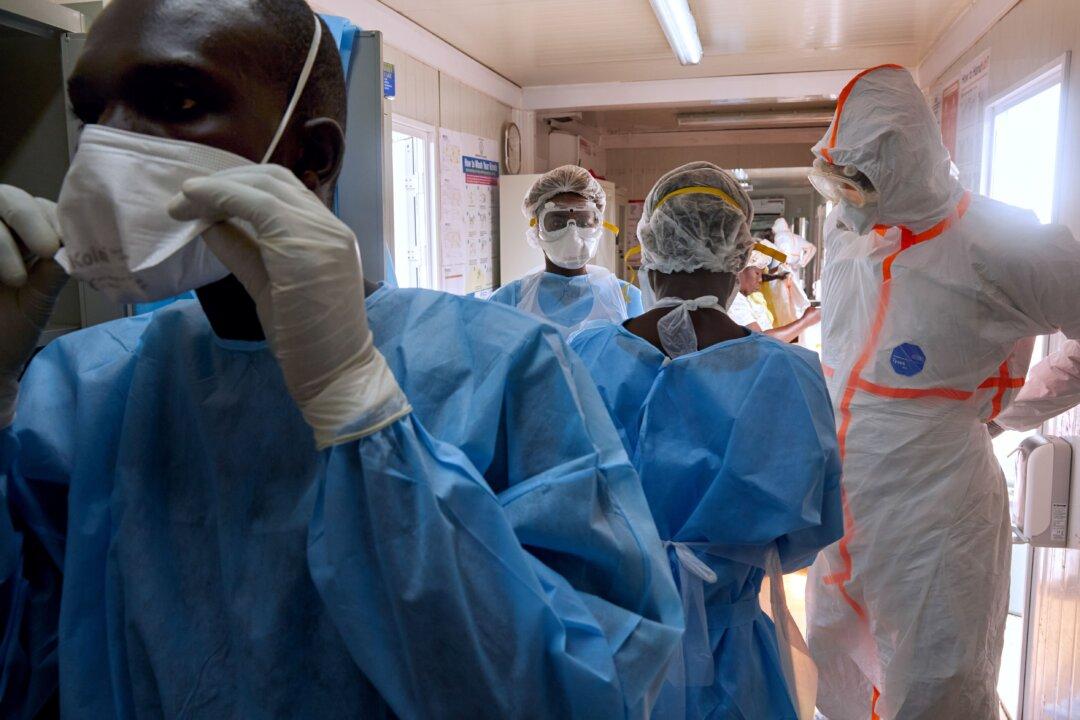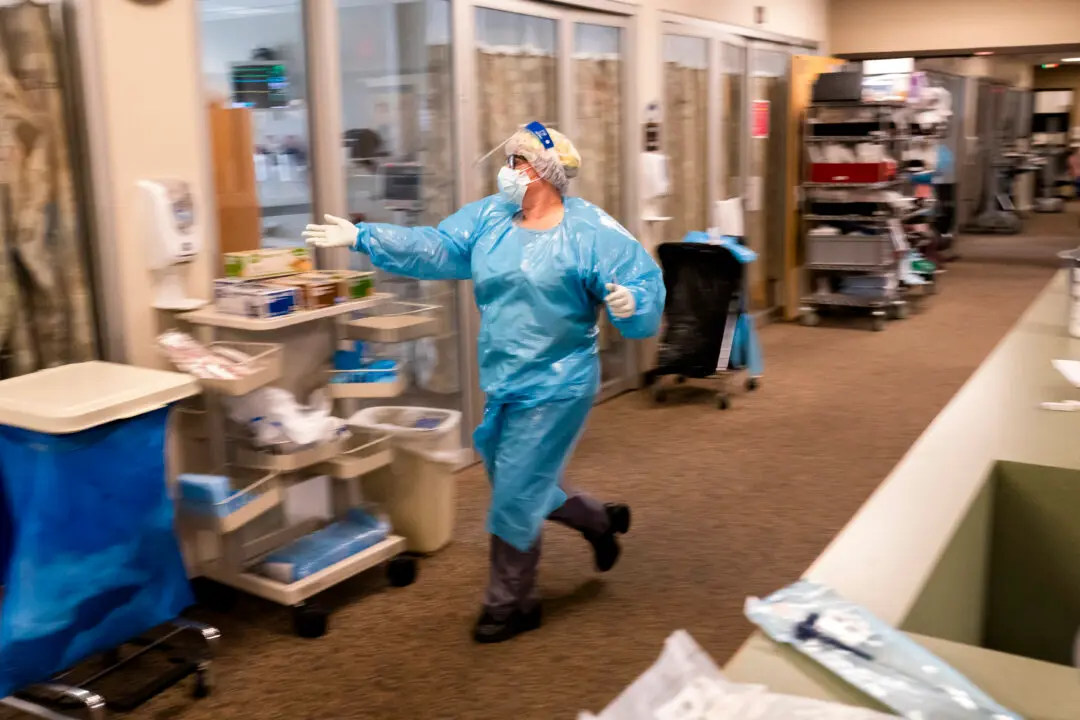The World Health Organization (WHO) says it has sent a rapid response team to South Sudan following the deaths of almost 100 people from a yet-to-be-identified disease.
Sheila Baya, a spokesperson for the WHO, told the BBC on Dec. 14 that the illness has killed at least 89 people in South Sudan’s Jonglei state.





